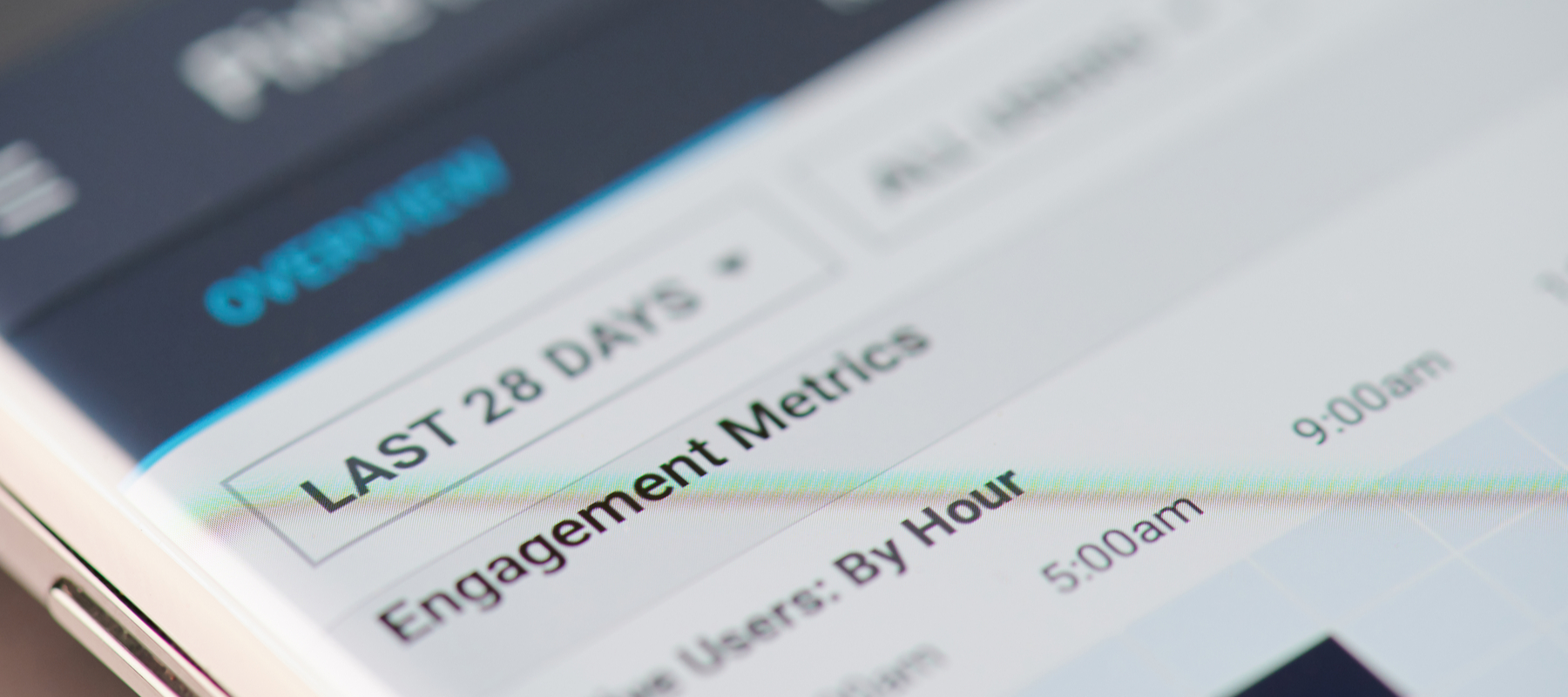In the last five years, social media has earned its place as an essential channel for engaging both patient and professional audiences. Targeting capabilities are niche and dynamic; metrics are endlessly customizable and, with thoughtful budget stewardship, even small spends can deliver meaningful results.
While these are excellent benefits on their own, it’s a sprinkle of pixel dust that will infuse your next campaign with magic.
In a nutshell, a Facebook pixel is information technology that gathers user activity. When added to a site, the pixel enables visitor retargeting across Facebook’s entire ecosystem, including Instagram and the Facebook Audience Network (FAN), or apps and websites affiliated with the tech giant.
Better yet, when custom events are added to the pixel base code, key site actions may also be collected—such as video plays, content downloads, and CRM registrations. Since a pixel tracks both paid and organic activity, take advantage by activating it well before campaign launch. This visibility into organic traffic trends empowers your media planner to better optimize your campaign to the channels, tactics, and ad creative maximizing KPI engagement.
How to Leverage Pixel Data
For example, say your pixel reveals your patient audience is primarily engaging with your patient savings program (itself a valuable KPI), but you are wanting more doctor discussion guide downloads. Via this pixel intelligence, simply allocate more budget into content downloads as audiences are already engaging with the savings program.

By comparison, data from Google Analytics also reveals user activity, but this information cannot be hardwired into Facebook’s algorithm. The pixel does double duty by tracking critical actions and infusing them into Facebook’s AI.
So, far from optimizing toward vanilla metrics such as clicks and impressions, the algorithm will serve ads to virtually any audience segment most aligned with your KPIs. The pixel can also support multiple goals and objectives. A campaign optimized toward building an HCP opt-in list can run alongside one for driving patient enrollments.
The best social media campaigns are driven by data and using pixel technology ensures your most valuable KPIs are optimized from day one, thus maximizing the impact of your budget on your campaign and communication goals.








